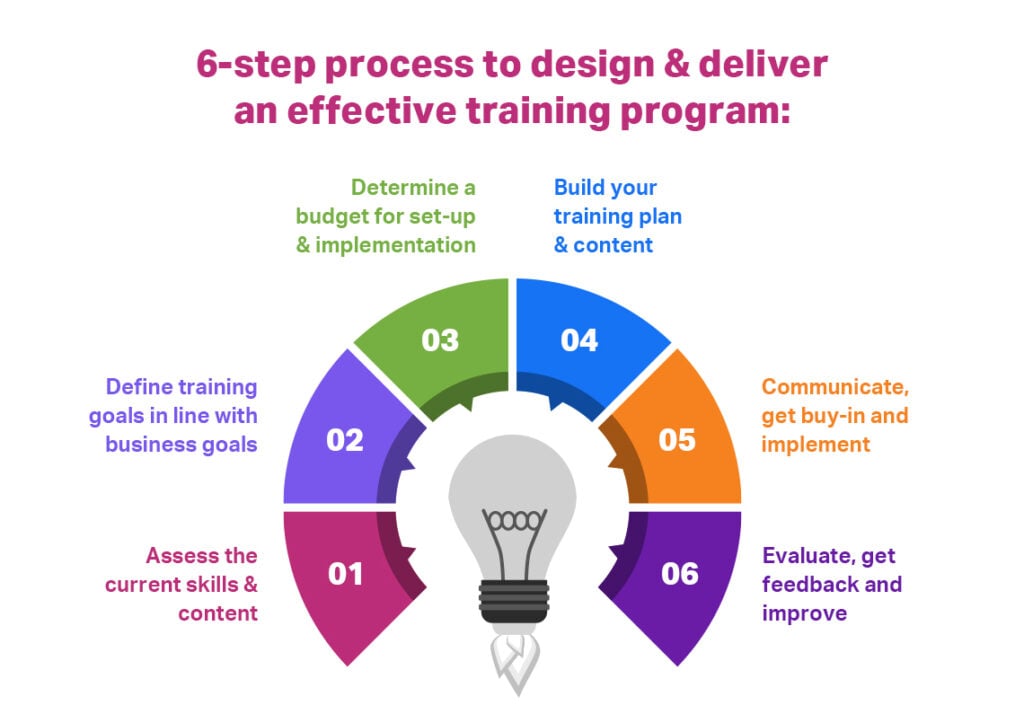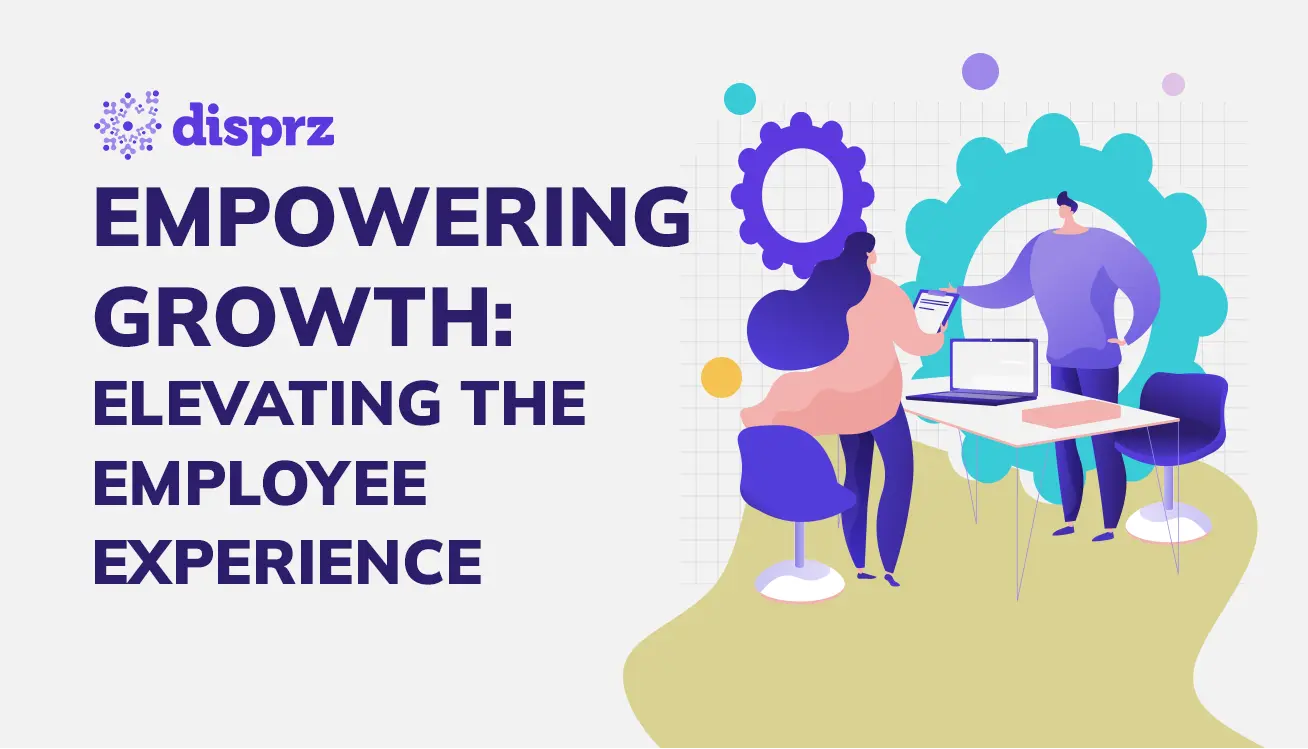-
Outcomes
Latest Blog Posts
 Essential Strategies for L&D Teams in Today’s Workplace by Cultivating Diversity and Inclusion
Essential Strategies for L&D Teams in Today’s Workplace by Cultivating Diversity and Inclusion -
Products
ProductsLatest Blog Posts
 Essential Strategies for L&D Teams in Today’s Workplace by Cultivating Diversity and Inclusion
Essential Strategies for L&D Teams in Today’s Workplace by Cultivating Diversity and Inclusion -
Customers
Latest Blog Posts
 Essential Strategies for L&D Teams in Today’s Workplace by Cultivating Diversity and Inclusion
Essential Strategies for L&D Teams in Today’s Workplace by Cultivating Diversity and Inclusion -
Resources
Latest Blog Posts
 Essential Strategies for L&D Teams in Today’s Workplace by Cultivating Diversity and Inclusion
Essential Strategies for L&D Teams in Today’s Workplace by Cultivating Diversity and Inclusion -
Company
Latest Blog Posts
 Essential Strategies for L&D Teams in Today’s Workplace by Cultivating Diversity and Inclusion
Essential Strategies for L&D Teams in Today’s Workplace by Cultivating Diversity and Inclusion

6 min read
• 11 Aug 2023
How to Plan and Deliver an Effective Training Program for Your Employees
Discover the 6 steps you need to take to successfully upskill your workforce and integrate learning technology into your employee training program.
-
eBookEmployee Upskilling - A Detailed Blueprint For Building A Skills-Driven Learning Culture
An employee training program is not just a “nice-to-have” for companies. A strong, personalized learning and development program increases productivity, reduces costs, and is a critical factor in the overall success of your business.
Your business must adapt to keep up and thrive in today’s competitive and continuously evolving environment. The best way to accomplish this is by upskilling your employees, equipping them to successfully handle change and transformation.
Employee training programs need to be relevant, effective, and personalized and address skill gaps. While this can be costly, leveraging AI and implementing modern learning tools will significantly increase your ROI.
6 Steps To Plan and Deliver an Employee Training Program
A truly effective employee training program must be designed to ensure that it meets the needs of your business, addresses existing gaps, and aligns with strategic goals. Let’s take a look at how you can thoughtfully execute your program:

- Perform Initial Assessments
Evaluate your current learning and development processes to determine what’s working well versus what needs work. This is a good opportunity to confirm if any of your existing materials can be repurposed.
At this stage, you should assess employee skill gaps and determine what they need to learn to excel in their role and beyond.
- Define Training Program Goals
Clearly determine what you would like to accomplish through your training programs. These will be your main goals, which you’ll want to break down into smaller, measurable sub-goals.
An important part of this step is to reflect on how the goals for your training program will be aligned with your strategy and business goals and how you can leverage them to drive results.
- Determine a Budget
Setting a budget for learning and development will help you determine your plan of action, tools, and approach to ensure you can deliver the highest level of impact within your budget.
- Build Your Employee Training Plan and Content
You’ll want to create a training plan that aligns with your goals and budget. And that effectively addresses the needs of your initial assessment.
A one-size-fits-all approach won’t work. You’ll want to offer diverse content, a variety of learning opportunities, and a blend of different approaches to provide a personalized learning experience that meets each employee’s unique needs and learning style.
For original content, you can outsource this step or get help from subject matter experts who can provide input and feedback to ensure your content is rich, comprehensive, well structured, and digestible. You can also leverage content curation tools to provide a large amount of content to train your employees.
Outlining your learning goals for each training item at this stage will also ensure the content is relevant and outcomes are easier to measure.
- Communication and Implementation
It’s important to communicate your plan, and the goals and expectations related to your training program. Reinforce their importance by making sure managers carve out time for employees to focus on training during work hours and following up on this.
Ensuring that the entire management and executive team supports the program and takes their role in implementation seriously is key.
- Evaluate, Get Feedback, and Improve
It’s critical to continuously measure progress by tracking outcomes, gathering employee feedback, and revisiting processes in order to evaluate success and continue to improve and adapt your training programs over time.
Enhance Your Training Program With Technology
Enterprise learning management systems leverage AI to offer personalized learning and development opportunities in your employee training programs in the following ways:
- Takes over the admin work by mapping out the learning journey of each employee and tracking their progress, certifications, and skills
- Creates an agile, personalized experience that can offer learner-specific recommendations as needed
- Provides recommendations for new employees based on data, from what was beneficial to previous employees on a similar journey
- Saves costs through automation rather than having to keep trainers on hand at all times
- Makes training more fun and engaging – It can integrate training into the daily workflow in small, digestible chunks that are quizzed and rewarded at each step. The gamification aspect helps drive motivation, engagement and better knowledge retention.
- By leveraging virtual platforms to create their training programmes, organizations can ensure an inclusive
Learn More
A strong employee training program helps you attract and hold onto top talent, and boosts productivity, engagement, and retention, which reduces costs related to errors or turnover.
If you’re ready to find out more about how an enterprise learning management system can help you design an effective employee training program that drives better business results,
schedule a demo with disprz today.
About the author

Debashree Patnaik
Debashree is a seasoned content strategist at Disprz.ai, specializing in enterprise learning and skilling. With diverse experience in B2B and B2C sectors, including ed tech, she leads the creation of our Purple papers, driving thought leadership. Her focus on generative AI, skilling, and learning reflects her commitment to innovation. With over 6 years of content management expertise, Debashree holds a degree in Aeronautical Engineering and seamlessly combines technical knowledge with compelling storytelling to inspire change and drive engagement.
More Resources
4 min read
• 15 Apr 2024
Unlocking the Power of Managerial Engagement in Talent Development
4 min read
• 09 Apr 2024
Nurturing Excellence in Building Leadership Pipelines
4 min read
• 09 Apr 2024
Improving “Employee Experience” For Organizational Growth
Sign up to get free resources and stay up to date with Disprz!
Discover how Disprz can align learning and upskilling with your desired business outcomes.




